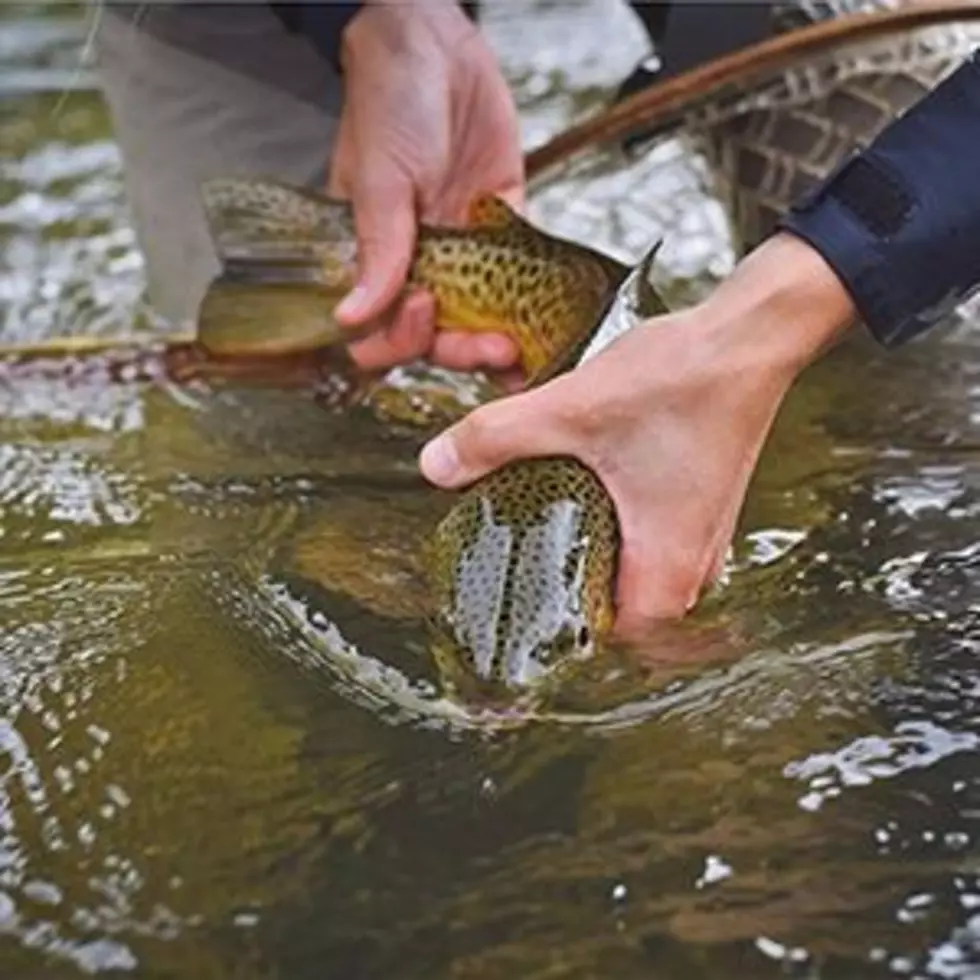
Warm temperatures in Bitterroot, Clark Fork rivers prompt fishing restrictions
After last weekend’s 100-degree temperatures - the fourth this summer - all the rivers around Missoula are too warm to ensure fish survival if fish have to contend with anglers too.
On Monday, Montana Fish, Wildlife & Parks put “hoot-owl” restrictions on fishing in all sections of the mainstem Bitterroot and Clark Fork rivers. That means that no fishing is allowed between 2 p.m. and midnight when waters are at their warmest.
With that, many of Montana’s legendary streams are restricted and it’s only the beginning of August. Hoot-owl restrictions also exist on the Beaverhead, Big Hole, Gallatin, Jefferson, Madison, upper Missouri to Holter Dam, Ruby, Shields, Smith, Stillwater, Sun and Yellowstone rivers and Silver Bow Creek.
The Ruby River had the earliest restrictions due to low streamflows in mid-June. FWP normally doesn’t have to put hoot-owl restrictions on the Clark Fork until mid- to late-August, although 2015 and 2016 saw restrictions on the Bitterroot and Clark Fork in mid-July.
Prior to Monday, fishing was still allowed on the Clark Fork River below Rock Creek and Bonner because the Blackfoot River in particular brought enough cool water into the river to keep the water temperature down.
But the extended heat over the weekend - particularly the nights that didn’t cool down below 70 degrees - combined with low water levels that cause streams to heat up faster have led to dangerous conditions for trout, especially native trout that need colder temperatures.
As water warms, it carries less dissolved oxygen. When water temperatures exceed approximately 70 degrees, not only is there less oxygen, but trout become thermally stressed and have trouble using what oxygen there is.
Nonnative brown and rainbow trout can tolerate slightly warmer water than native cutthroat trout. Research has shown rainbow trout can tolerate temperatures 8 degrees warmer than cutthroat trout for an extended time, but all trout begin to experience some level of stress at around 68 degrees and the stress gets worse as temperatures rise.
As a result, FWP policy calls for hoot-owl restrictions when the maximum water temperature reaches 73 degrees for three consecutive days or when streamflows drop below critical levels, which vary by stream.
Some anglers have even argued that fishing should stop if temperatures exceed 70 degrees. Imagine sitting in the hot sun at 90 degrees and then having to fight for your life – it would wear you down fast. As this hot summer drags on, trout will have trouble recovering with only a 10-hour break each day.
The Missoulian Angler says its guides stop fishing when the water temperature reaches 68 to 69 degrees, and its blog asks anglers to stop and think during this hot summer:
“This is not about right now, this is not about being a downer, this is not to deter you from going fishing. What it’s about is how fishing will look in three years. Carrying capacity is a biological term used to describe how many fish a river can support at its worst time. Many fish won’t survive this summer, whether they are fished for or not. When carrying capacity falls, that affects spawning numbers for years to come. In three years, the recruiting class will be lesser than in good water years.”
For those who still want to fish, FWP has some recommendations to keep the stress on fish to a minimum:
- Fish during the coolest times of the day, where permitted.
- Keep the fish in water as much as possible.
- Remove the hook gently. Using artificial lures with single and barbless hooks can make hook removal faster and easier.
- Let the fish recover in the water before releasing it.
- Consider fishing areas with less stressful temperatures and conditions, such as larger lakes or reservoirs, or higher elevation waterbodies.
Contact reporter Laura Lundquist at lundquist@missoulacurrent.com.
